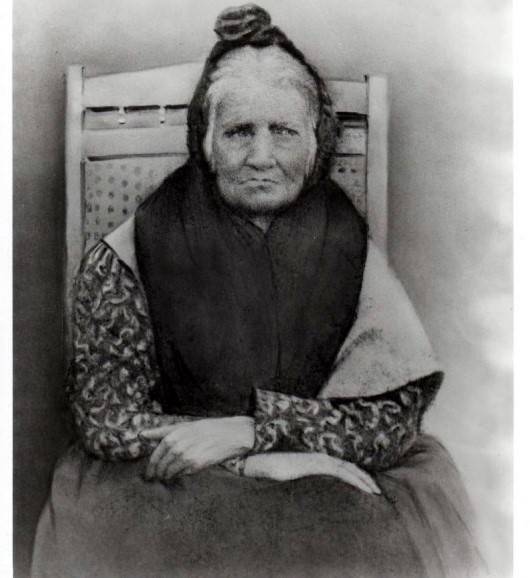During the Trail of Tears between 1830 and 1850, at least 60,000 Native Americans were forced out of their homelands in the southeastern United States.
In the 1830s, at the behest of President Andrew Jackson, the U.S. government forced the Cherokee, the Choctaw, and other Indigenous tribes off their ancestral lands with deadly force in what’s become known as the Trail of Tears. From 1830 to 1850, the United States committed what most historians today recognize as an ethnic cleansing.
For generations, the lands east of the Mississippi belonged to several tribal nations. But in the late 18th century, as white settlements began to spread into Georgia, Tennessee, Alabama, and westward from there, settlers wanted to use the farmlands for themselves.
At first, the U.S. focused on a program of “civilization” under President Thomas Jefferson. Jefferson believed forcing the Native Americans to forgo their way of life and assimilate into Western culture would make it easier to expand into their lands. But it wasn’t until Jackson took office that forced relocation began.
President Jackson signed the Indian Removal Act into law in May 1830. He wanted the United States to continue expanding westward, prosper economically, and grow cotton on a large scale — and the Native Americans did not fit into that vision. The act gave him the power to relocate the tribes to an “Indian colonization zone” in present-day Oklahoma.
According to the act, Jackson was supposed to negotiate the terms of relocation with the tribes. Instead, he brutally and forcibly moved them out of their homelands, using political and economic terror until the tribes relented.

Wikimedia CommonsElizabeth Stephens, an 82-year-old Cherokee woman who survived the Trail of Tears. 1903.
The Choctaw tribe was the first to give in, and they were marched through floods and sub-zero temperatures. Over 4,000 died of cholera, and hundreds more died of malnutrition and exposure.
The U.S. began removing the Seminole tribe of Florida next — but the Seminoles resisted. Two wars were waged in 1832, but both ultimately failed. Many Seminole people died in the conflicts, others were hunted down by bloodhounds, and still more managed to evade capture and remain in Florida.
When Georgia attempted to expand into Cherokee land, John Ross, the Cherokee’s first elected chief, took the state to the Supreme Court. The Cherokee were highly educated and had modeled their political and judicial systems after the United States.
The first attempt failed and the Supreme Court ruled it had no jurisdiction over the Cherokees, but on their second attempt, in a landmark ruling, Chief Justice John Marshall ruled that only the federal government, not state governments, could impose laws on tribal lands.
But even as Jackson’s time in office came to an end, his successor, Martin van Buren, held the same views, and the terror on the tribes continued.
At the beginning of the 1830s, nearly 125,000 Native Americans lived in the southeastern United States. But just a decade later, very few Indigenous tribes remained. By some estimates, up to 100,000 Native Americans were relocated and over 15,000 lost their lives on the Trail of Tears. In 1907, Oklahoma became a state — and any Native American territory was officially gone for good.
Learn more about the devastating history of the Trail of Tears.
Learn more about the music used in our podcast. History Uncovered is part of the Airwave Media network. Learn more about your ad choices by visiting megaphone.fm/adchoices.






